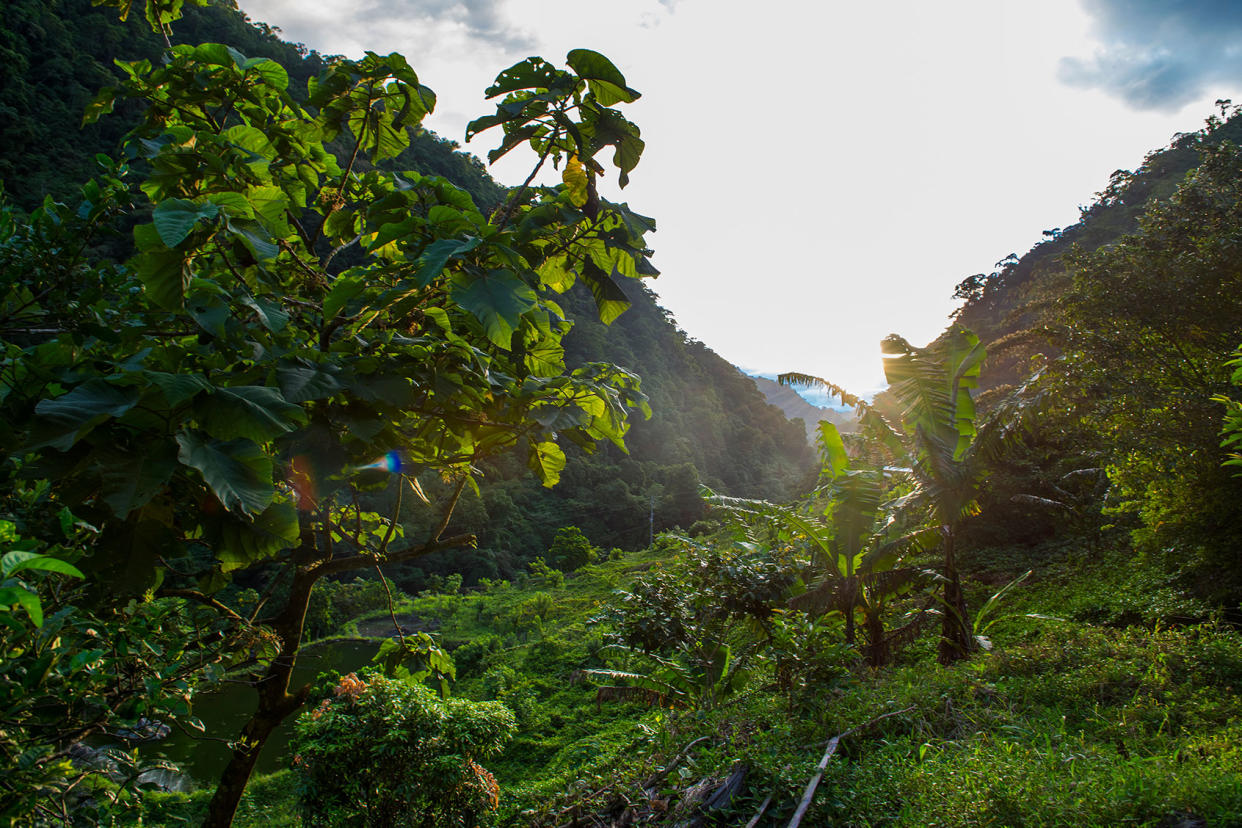Why planting trees to offset carbon emissions doesn't really work, according to experts

By burning fossil fuels, humans release billions of tons of carbon dioxide into the air each year. Plants naturally absorb these greenhouse gases to photosynthesize. But our overconsumption of energy, especially among the ultra-rich, is overwhelming this natural system and cooking the planet. If you want to cancel out these carbon emissions, why not just plant more trees?
That's a billion-dollar idea that birthed the carbon trading system in which companies or individuals can purchase carbon "offsets" like planting trees to balance out carbon emissions. It's ballooned into a $2 billion industry since it started some 35 years ago, but new research suggests many projects intended to offset deforestation aren't reaching the net-zero emissions they promise and are actually making climate change worse.
Writing in Science, researchers found about 6% of 89 million carbon offsets certified through the largest voluntary carbon credit trading program, Verra, were actually associated with emission reductions. Overall, REDD+ (reducing emissions from deforestation and forest degradation) projects in the study claimed three times more offsets than they actually generated. With each credit representing one ton of carbon dioxide removed from the atmosphere, that means millions of tons of carbon weren't actually canceled out through this system.
Meanwhile, another 47 credits from 18 sites across six countries measured in this study remain on the market, said study author Thales A. P. West, Ph.D., of Vrije University Amsterdam.
"Many projects don't seem to be reducing deforestation at all, which also means that they shouldn't be selling carbon credits at all," West told Salon in a phone interview. "We're not even in the ballpark of something that would be considered acceptable."
In 1989, the electric company AES Corp kicked off the carbon trading market by planting 50 million trees in Guatemala to offset emissions released in the construction of a new power plant. As carbon offsets grew more popular, an entire market in which those who couldn't plant their own trees could also pay others to protect standing ones or invest in renewable energy was born. Over the years, some began to question the efficacy of this market. Verra began administering the Voluntary Carbon Standard (VCS) to set industry standards and ensure companies promising carbon offsets delivered.
To reach the goals of the Paris Agreement and reduce global warming to no more than 1.5 degrees, emissions must reach net zero by 2050. Being able to continue emitting carbon while offsetting it elsewhere seems like a plausible solution to reach this "net zero" scenario, but the industry has continued to be criticized as a hyper-financialization of climate policy that lacks oversight, with some questioning whether it is scalable, just, or fixable.
Offsetting carbon also "reinforces global inequalities" because high-income countries are able to pollute and buy themselves out, while low-income countries end up bearing the responsibility of reducing emissions, wrote Julia P. G. Jones, Ph.D., a professor of conservation science at Bangor University in England in a commentary published with the study.
"Misleading offsets carry negative consequences for the climate because they are not offsetting the emissions released, for forest conservation because they are not reducing deforestation as much as claimed, and for the future finance of forest conservation because the reputational risks of being tainted by accusations of greenwash may deter future investments," she wrote.
The VCS estimates how many credits can be generated based on a baseline number that describes how much of an area would be deforested in the absence of the project. West says the discrepancies in the promised versus actual carbon offsets generated in the study seem to be due to the flexibility that the VCS allows for in creating these baselines and incentives for project developers to exaggerate them to create more carbon credits.
"The problem is that, theoretically, these methodologies are flawed," West said. "Even if you're developing your project and trying to do what is right, if you're following the wrong recipe, you're going to get the wrong result in the end."
In a technical review published in response to the research, Verra argued the methodologies of the study (and a separate investigation by The Guardian that had similar findings) were flawed. In a statement provided to Salon, a spokesperson emphasized their mission is to protect the world's forests.
"While REDD+ projects have indeed achieved enormous impact to date, we recognize the areas for improvement in the current system and are committed to fostering that ongoing evolution," the spokesperson wrote. "That's why we've been actively working since 2020 on a new consolidated REDD methodology. This methodology, to be released later this year, directly addresses many of the concerns raised and builds upon our extensive, decades-long experience in forest-based climate solutions."
In the study, the authors suggest adopting system-wide baselines that are set by government agencies. The VCS is seen as a more flexible means to set up projects without as many bureaucratic steps as other verification programs like the Voluntary Gold Standard (VGS), which also requires projects to show that they benefit local communities.
The voluntary carbon market is projected to grow to five times its current size by 2030 and be worth between $10 to 40 billion. Before then, this study shows that "major changes are needed in how credits are calculated," according to Jones.
"Yet this alone will not protect tropical forests," she added, emphasizing that reducing carbon emissions on the front end is necessary to stop deforestation and global warming.
"With a concerted effort, it should be possible to halt tropical deforestation and its concomitant carbon emissions," Jones said.
Read more
about carbon emissions

